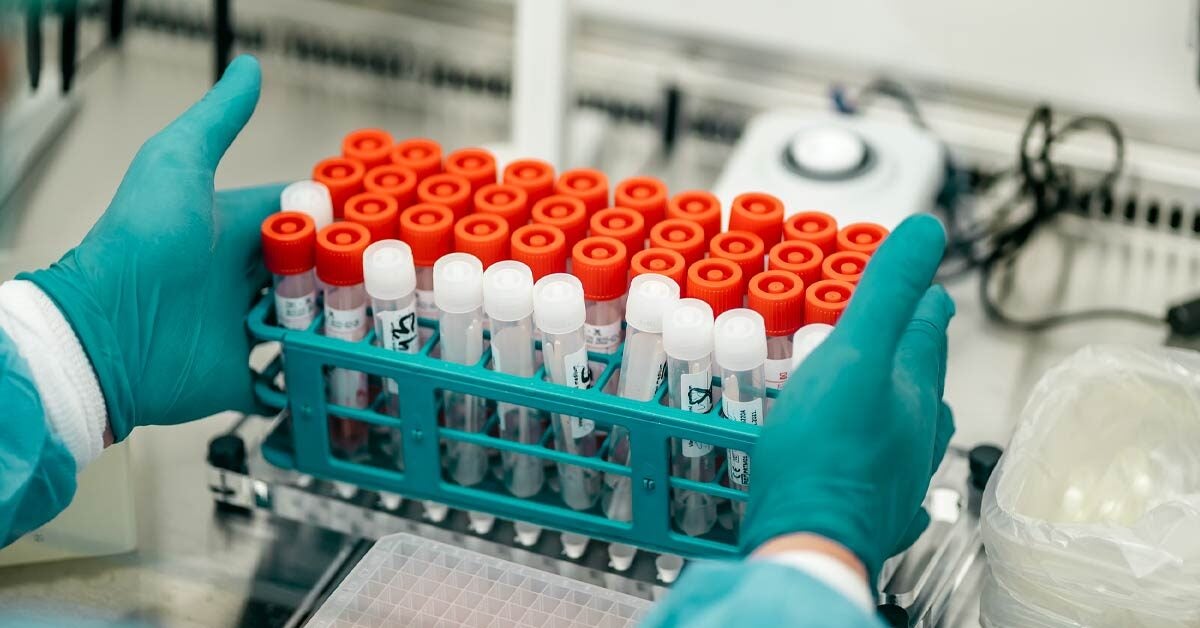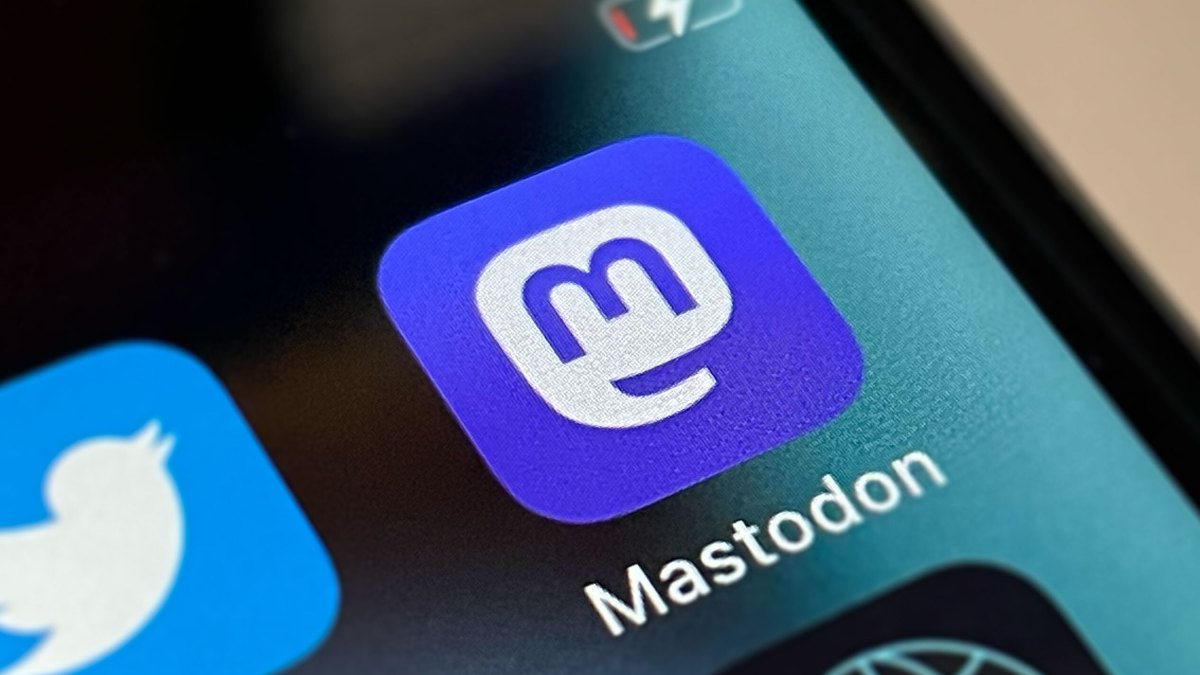[ad_1]
Many individuals who’ve lately acquired a prognosis of sort 1 diabetes (T1D) instantly assume, “When will there be a remedy?”
Whereas the potential for a remedy has been dangling in entrance of individuals with T1D for what looks as if eternally, extra researchers presently consider that gene remedy might lastly — at some point quickly, even — be the so-called “remedy” that’s been so elusive.
This text will clarify what gene remedy is, the way it’s just like gene modifying, and the way gene remedy might doubtlessly be the remedy for T1D, serving to hundreds of thousands of individuals all over the world.
Gene therapy is a medical discipline of research that focuses on the genetic modification of human cells to deal with or generally even remedy a specific illness. This occurs by reconstructing or repairing faulty or broken genetic materials in your physique.
This superior expertise is just within the early analysis phases of medical trials for treating diabetes in america. But, it has the potential to deal with and remedy a variety of different situations past simply T1D, together with AIDS, most cancers, cystic fibrosis (a dysfunction that damages your lungs, digestive tract, and different organs), coronary heart illness, and hemophilia (a dysfunction by which your blood has hassle clotting).
For T1D, gene remedy might appear like the reprogramming of other cells, making these reprogrammed cells carry out the capabilities your authentic insulin-producing beta cells would in any other case carry out. In case you have with diabetes, that features producing insulin.
However the reprogrammed cells can be totally different sufficient from beta cells in order that your individual immune system wouldn’t acknowledge them as “new cells” and assault them, which is what occurs within the growth of T1D.
Whereas gene remedy continues to be in its infancy and obtainable solely in medical trials, the proof to this point is changing into clearer in regards to the potential advantages of this remedy.
In a 2018 study, researchers engineered alpha cells to perform identical to beta cells. They created an adeno-associated viral (AAV) vector to ship two proteins, pancreatic and duodenal homeobox 1 and MAF primary leucine zipper transcription issue A, to a mouse’s pancreas. These two proteins assist with beta cell proliferation, maturation, and performance.
Alpha cells are the best sort of cell to remodel into beta-like cells as a result of not solely are in addition they situated throughout the pancreas, however they’re ample in your physique and related sufficient to beta cells that the transformation is feasible. Beta cells produce insulin to decrease your blood sugar ranges whereas alpha cells produce glucagon, which will increase your blood sugar ranges.
Within the research, mouse blood sugar ranges had been regular for 4 months with gene remedy, all with out immunosuppressant medicine, which inhibit or stop the exercise of your immune system. The newly created alpha cells, performing identical to beta cells, had been immune to the physique’s immune assaults.
However the regular glucose ranges noticed within the mice weren’t everlasting. This might doubtlessly translate into a number of years of regular glucose ranges in people relatively than a longtime remedy.
On this Wisconsin study from 2013 (up to date as of 2017), researchers discovered that when a small sequence of DNA was injected into the veins of rats with diabetes, it created insulin-producing cells that normalized blood glucose ranges for as much as 6 weeks. That was all from a single injection.
This can be a landmark medical trial, because it was the primary analysis research to validate a DNA-based insulin gene remedy that would doubtlessly at some point deal with T1D in people.
This was how the research labored:
- The injected DNA sequence sensed rising glucose within the physique.
- With the assistance of a glucose-inducible response factor, the injected DNA started to provide insulin, just like how beta cells produce insulin in a functioning pancreas.
The researchers at the moment are engaged on rising the time interval between remedy DNA injections from 6 weeks to six months to offer extra aid for folks with T1D sooner or later.
Whereas that is all very thrilling, extra analysis is required to find out how practical the therapy is for folks. Ultimately, the hope is that the AAV vectors might ultimately be delivered to the pancreas by means of a nonsurgical, endoscopic process, by which a physician makes use of a medical system with a light-weight hooked up to look inside your physique.
These sorts of gene remedy wouldn’t be a one-and-done remedy. However it will present lots of aid to folks with diabetes to maybe take pleasure in a number of years of nondiabetes glucose numbers with out taking insulin.
If subsequent trials in different nonhuman primates are profitable, human trials might quickly start for the T1D remedy.
Does that rely as a remedy?
All of it is determined by who you ask as a result of the definition of “a remedy” for T1D varies.
Some folks consider {that a} remedy is a one-and-done endeavor. They see a “remedy” as which means you’d by no means have to consider taking insulin, checking blood sugars, or the highs and lows of diabetes ever once more. This even means you wouldn’t need to ever return to a hospital for a gene remedy follow-up remedy.
Different folks assume {that a} once-in-a-few-years remedy of gene modifying could also be sufficient of a remedy plan to rely as a remedy.
Many others consider that you should repair the underlying autoimmune response to really be “cured,” and a few folks don’t actually care a technique or one other, so long as their blood sugars are regular, and the psychological tax of diabetes is relieved.
One potential “one-and-done” remedy may very well be gene modifying, which is barely totally different from gene remedy.
The concept behind gene modifying is to reprogram your physique’s DNA, and if in case you have sort 1 diabetes, the concept is to get on the underlying reason behind the autoimmune assault that destroyed your beta cells and prompted T1D to start with.
Two well-known corporations, CRISPR Therapeutics and regenerative med-tech firm ViaCyte, have been collaborating for just a few years to make use of gene modifying to create islet cells, encapsulate them, after which implant them into your physique. These protected, transplanted islet cells can be secure from an immune system assault, which might in any other case be the everyday response if in case you have T1D.
The main target of gene modifying is to easily reduce out the dangerous components of our DNA in an effort to keep away from situations reminiscent of diabetes altogether and to cease the continual immune response (beta cell assault) that individuals who have already got diabetes expertise day by day (with out their aware consciousness).
The gene modifying performed by CRISPR of their partnership with ViaCyte is creating insulin-producing islet cells that may evade an autoimmune response. These expertise and analysis are ever evolving and maintain lots of promise.
Moreover, a 2017 research exhibits {that a} T1Dcure might at some point be attainable by utilizing gene-editing expertise.
Each gene remedy and gene modifying maintain lots of promise for folks residing with T1D who’re hoping for an eventual future with no need to take insulin or immunosuppressant remedy.
Gene remedy analysis continues, taking a look at how sure cells within the physique may very well be reprogrammed to begin making insulin and never expertise an immune system response, reminiscent of those that develop T1D.
Whereas gene remedy and gene-editing remedy are nonetheless of their early phases (and far has been held up by the coronavirus illness 19 [COVID-19] pandemic), there’s lots of hope for a T1D remedy in our close to future.
[ad_2]
Source link













































/cdn.vox-cdn.com/uploads/chorus_asset/file/23904924/mchin_201020_5350_0008.jpg)







